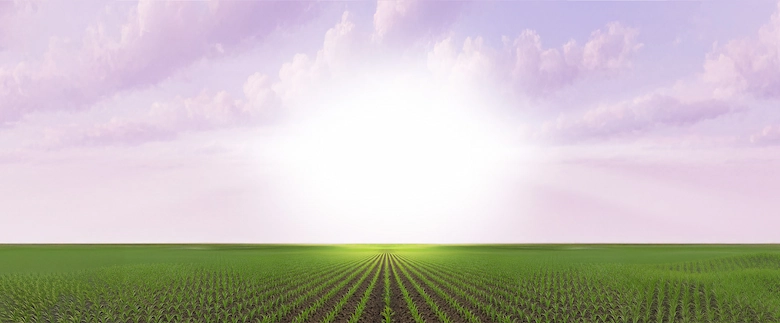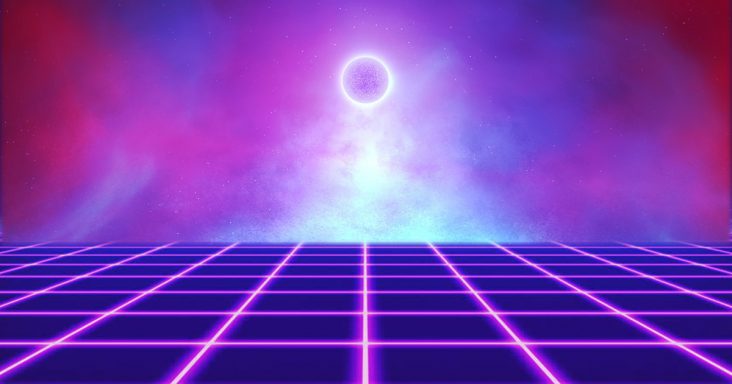

NGSS.3-5-ETS1, NGSS.MS-LS1-7, NGSS.HS-LS2-5
Variety of paper, scissors, glue, colored markers, access to the internet
Carbon is a critical element that serves as the backbone of life on Earth. Most of the carbon on Earth is stored in sediment and rocks, while the rest of it resides in the atmosphere, ocean, and living organisms, like humans! Carbon is constantly being stored and exchanged throughout these various reservoirs through a process called the carbon cycle. Carbon moves from the atmosphere to plants through photosynthesis and from plants to animals when animals eat plants. When animals and plants die and decay, the carbon stored in them breaks down into the soil. Some carbon will become fossil fuels after being in the ground for millions of years, and then humans will burn it for energy, and the carbon will be released into the atmosphere. Oceans and other bodies of water absorb carbon from the atmosphere as well.
Share the background information with the students, then share the puzzle to be solved. Determine constraints (e.g., time alotted, space, materials provided, etc.) and divide students into small groups.
Ask a series of questions to help students brainstorm solutions to the puzzle. Encourage students to list all ideas – don’t hold back! Before moving on, make sure each group selects a solution that fits within the contraints.
Students diagram the prototype, identify the materials needed to build the prototype, and write out the steps to take. Students describe the expected outcomes.
Students follow their design plan and build their prototypes. Monitor their progress and remind them about how much time they have.
Students evaluate their creation and compare it with the expected outcomes. Students seek areas of improvement and make changes where needed.
Students share their solution to the puzzle and communicate lessons learned.
Students may need more guidance on the different stages of the carbon cycle before they start their project.